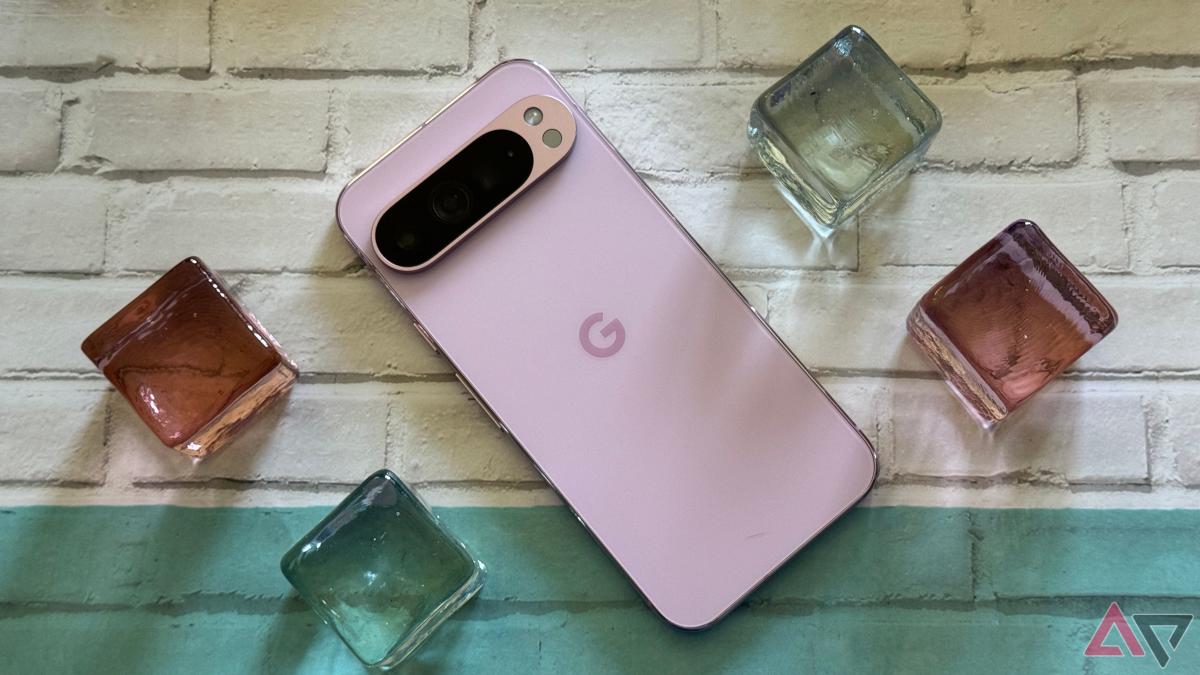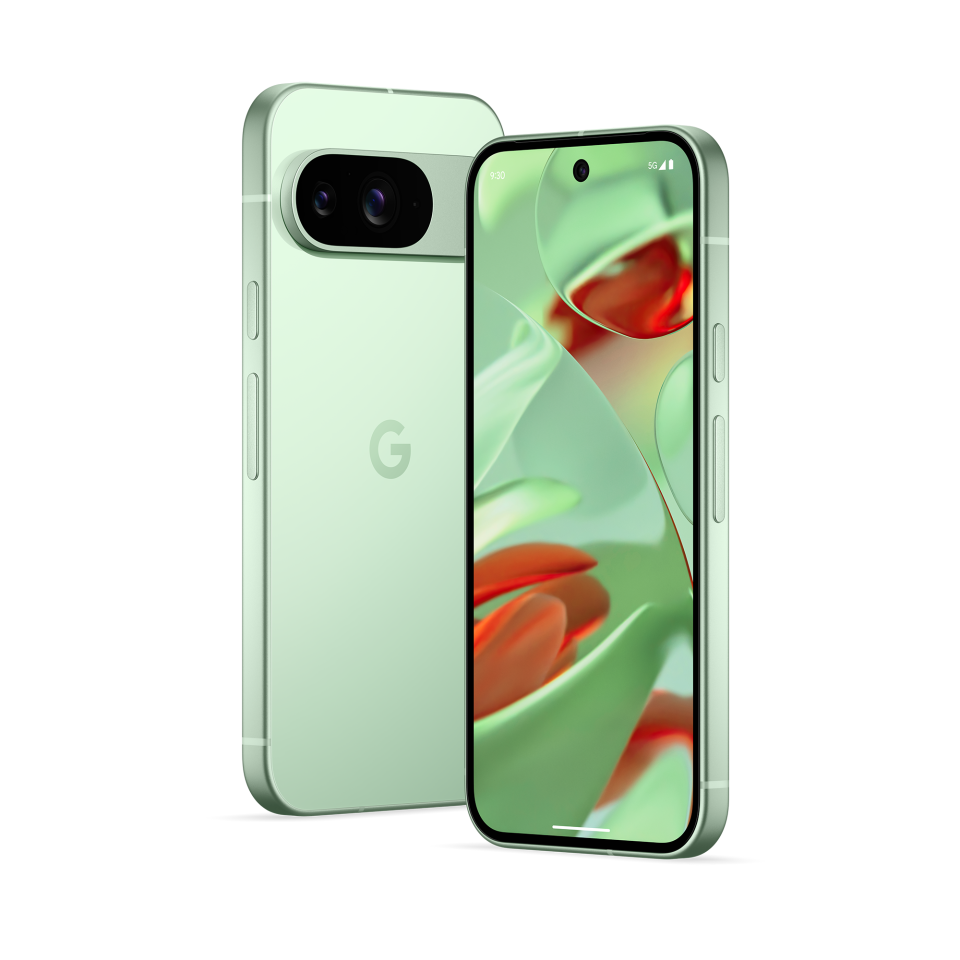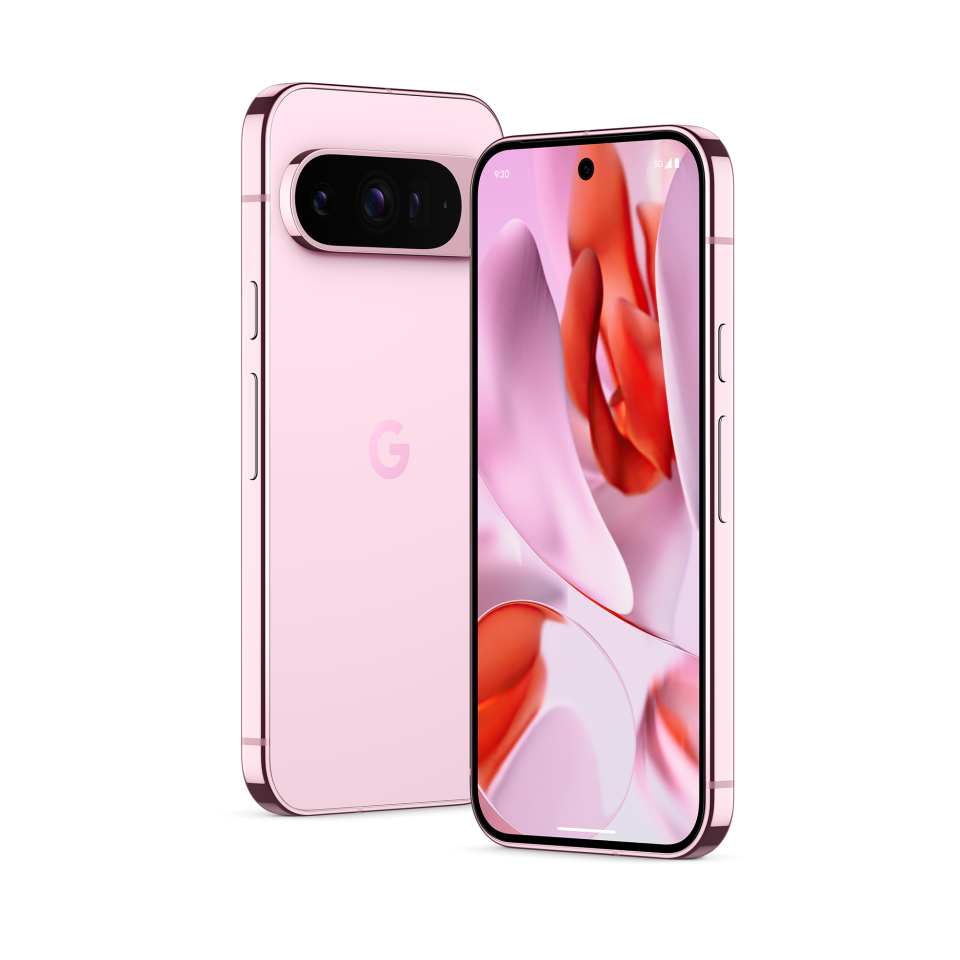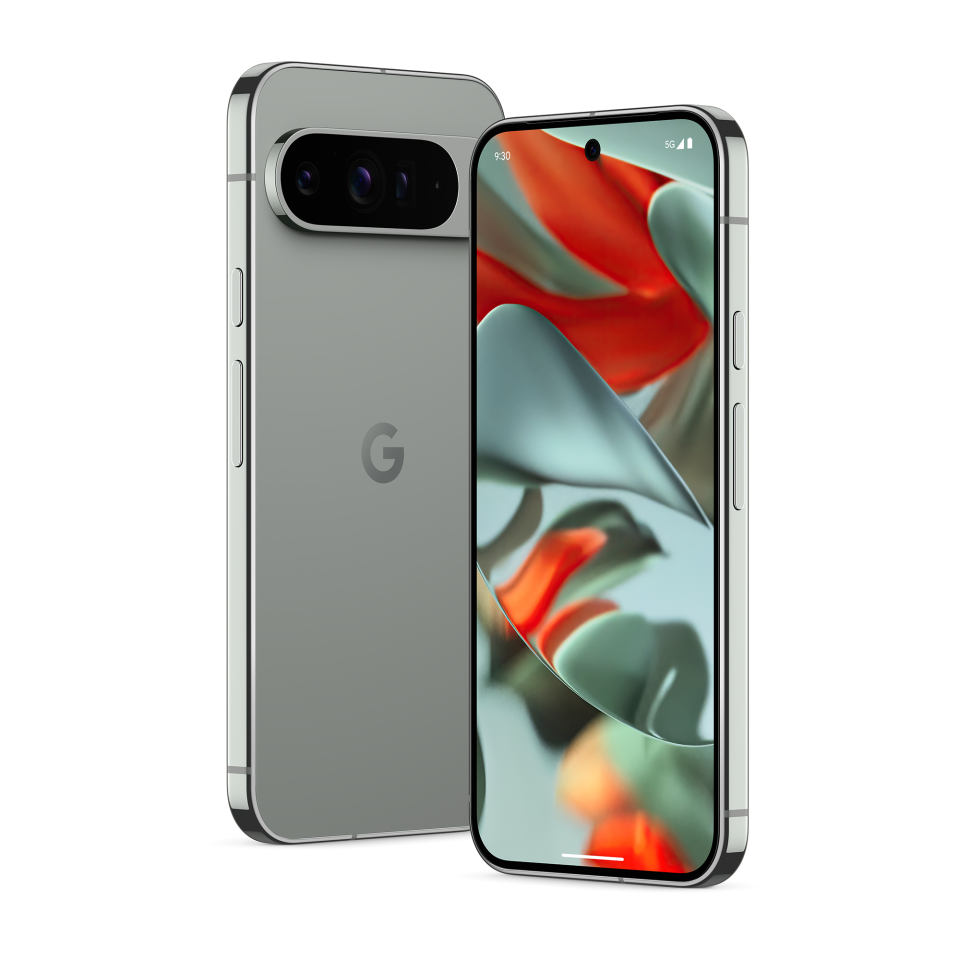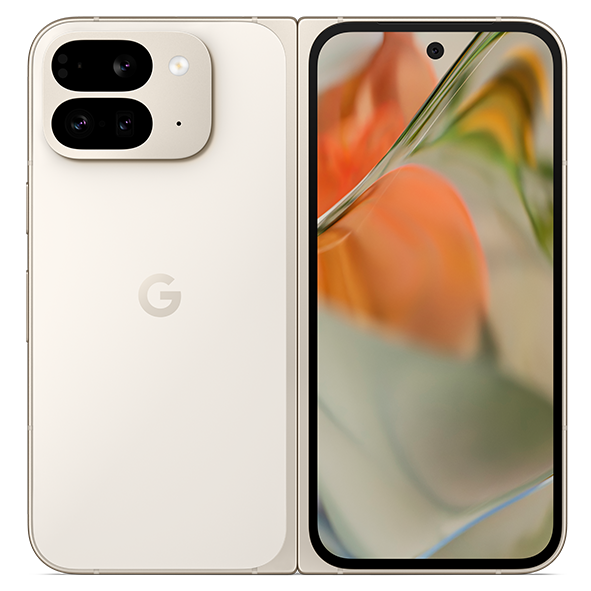Google announced its Pixel flagship lineup during the Made by Google 2024 event. The Pixel 9 series has some of the best camera capabilities. The Google Pixel 9 Pro and Pixel Pro XL use a telephoto lens for increased focal length. Combined with Super Res Zoom, these phones produce impressively-looking media.
One potent tool accompanying the Pixel 9 phones is the upgraded Magic Editor. Magic Editor is an indispensable AI editing tool built into Google Photos. It was introduced on the Pixel 8 and brought to Google Photos users on Android and iOS in May 2024. The fantastic camera hardware and the robust Magic Editor software give you the picture-perfect moments you want from your Pixel camera. Our guide dives into the Magic Editor’s auto frame preset and how it impacts your photos.
What is framing in mobile photography?
Framing is a compositional technique that emphasizes the importance of an object or person by drawing attention to it. Properly framing images conveys stories and expressions. The framing changes depending on where the photographer sits, stands, or is angled while using the camera. Some photographers use natural elements like doorways, fences, and arches to frame a photo.

Source: Pixabay
An example of using the tree scenery to create an arch that highlights the newlyweds in the photo.
Instead of relying on the photographer to move the camera to track the subject, auto framing places the primary subject or subjects in the field of view. This is beneficial when recording a video or taking multiple shots. Auto framing assists in maintaining the subject in the central view instead of manually changing the shot’s position or background. It also prevents tracking delays and lessens the loss of frames experienced by a moving subject.
Subject refers to the object, a background piece, a person, or people of importance within the image.
Using auto frame in photo editing
Auto-framing on the Pixel’s Magic Editor serves a similar purpose to Samsung’s. Samsung has an auto-framing feature built into its Camera app. It tracks the subject or subjects to be the center focus of the frame. Magic Editor does this after the shots are taken. It repairs poorly composed photos to something more balanced and usable.
Instead of preparing for perfectly framed photos, auto framing changes the composition’s balance to highlight the subject or subjects. It does this by using generative AI to analyze the photo and suggest crops and edge extensions based on the rule of thirds in photography.
How auto frame works in the Pixel 9
It works similarly to Samsung’s auto frame feature. With Samsung’s auto frame, the camera’s view detects the subject or subjects within the frame and automatically adjusts them to become centered or focused. Instead of framing the subject while capturing the photo or taking a video, the Pixel’s Magic Editor re-corrects the framing in captured shots.
Magic Editor’s auto frame feature incorporates Google Photos‘ AI-powered editing tool to create better-framed images from the initial photo. The AI suggests wider views even if your image didn’t initially fit it. The AI can fill the remaining blank areas to achieve a wider view, which can be used to highlight the subject. It can also suggest the best crop if your background is too busy or spacious. Since these changes are suggestions based on the original image, you can save or ignore the generated image.


Why is auto-framing important in mobile photography?
Not everyone who participates in mobile photography is a professional photographer, and achieving picture-perfect conditions can be difficult. Magic Editor takes an average-looking photo and turns it into a work of art. Auto framing is a post-process photographic technique. The built-in software focuses on photo composition and identifies the focal point of your photo (the place where the attention is drawn to) and how to balance around it. Sometimes, that involves filling the frame or creating one that fits your photo.


Source: Pixabay
An example of a properly composed shot of a duck in water. The duck is the focal point, the intended subject in the image.
Incorporating compositional techniques highlights the subject. It is also influenced by the scene and subject’s orientation or movement or by adding other compositional elements, such as placement, shapes, colors, and textures. The focal point can change, and Magic Editor provides the tools to control it.
Re-correcting the subject focus with auto-framing
Adding an auto frame function within the software takes the pressure off the photographer. It automatically places the subject in center view, highlighting the importance of the image. For example, when taking action shots at a soccer game or snapping photos at a school play, the intended subject (like a person) may not stay in center view. This happens when taking pictures in a dynamic setting. The subjects keep moving, or background changes occur while photographing.


Source: Pixabay
An example of a well-composed action shot of a cyclist.
Instead of deleting images that don’t align well with the subject, turn on the auto frame feature in Magic Editor to re-adjust the position and background to highlight the subject. Magic Editor fills in the background (via Google’s generative fill) or crops it. It even works if the subject is slightly crooked or misaligned. The AI can fix it and reproduce a photo with the correct symmetry.
How do you access Magic Editor’s auto frame feature?
Auto frame is an AI feature built into Magic Editor. The upgraded Magic Editor debuted with the Google Pixel 9 lineup, including the Pixel 9, the Pixel 9 Pro, the Pixel 9 Pro XL, and the Pixel 9 Pro Fold. It’s only available on the Pixel 9 series. Google hasn’t confirmed if it will arrive in a later update for compatible Android and iOS devices, including the Pixel 8 series.
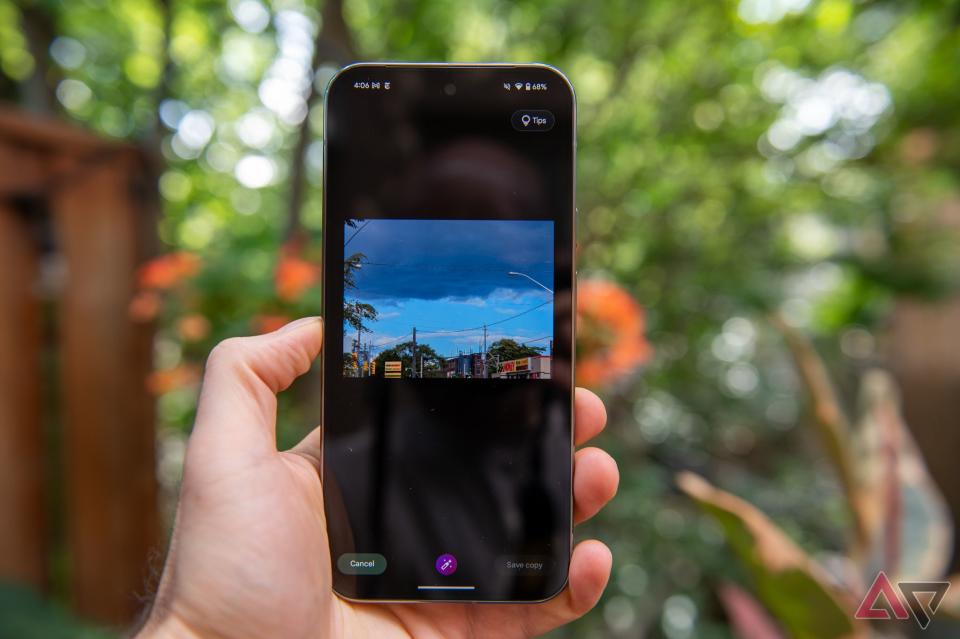

To access the auto frame preset in Magic Editor, open Google Photos, select a photo, and choose Edit. From there, select Magic Editor and choose Auto frame in the options. The AI generates subject-focused images based on the original photo. Inside Magic Editor, browse and compare the original to the new image. From there, you can save the edited selection or provide feedback.
Using AI to improve your photos
Google brings noticeable camera upgrades to the Pixel 9 series. However, some of the exciting features lie with Magic Editor. With the upgraded Magic Editor, you can Reimagine your images, use them to change backgrounds on the fly, or experiment with Add Me to overlay multiple people in a single shot in the same setting. Google ensured AI was a key player with these Pixel devices. You don’t have to be an experienced photographer to take great photos. Magic Editor helps your pictures become the best version they can be.
-
A render of the Google Pixel 9 in Wintergreen against a white background. Google Pixel 9
The Pixel 9 is Google’s most affordable 2024 flagship, making a few compromises when compared to the Pixel 9 Pro and Pro XL while retaining the Google smarts the lineup has become known for. An upgraded 48MP ultra-wide camera is paired with a 50MP main shooter, and the selfie cam added autofocus. All of this comes with new Gemini AI features and a 2,700-nit Actua display for exceptional value at its price point.
-
Render of the Google Pixel 9 Pro in pink against a white background. Google Pixel 9 Pro
The Pixel 9 Pro is a new addition to Google’s lineup, slotting in as a smaller premium flagship to pair with the Pixel 9 Pro XL. The latter is the direct successor to 2023’s Pixel 8 Pro despite its new XL moniker, whereas the Pixel 9 Pro brings a new form-factor to Google’s high-end offerings, sporting the same dimensions as the standard Pixel 9 model while packing all the AI and camera prowess we’ve grown accustomed to from Google’s Pro lineup.
-
Render of the Google Pixel 9 Pro XL in hazel against a white background. Google Pixel 9 Pro XL
The Pixel 9 Pro XL has a new name, but it fills the same slot as 2023’s Pixel 8 Pro, having similar specs with roughly the same footprint. The non-XL Pixel 9 Pro is new to the lineup as a smaller premium flagship offering. With the 9 Pro XL, however, you get Google’s fastest charging, a bigger screen and battery, and all of the camera and Gemini AI smarts you’d get in the smaller 9 Pro.
-
google-pixel-9-pro-fold-porcelain-official-render Google Pixel 9 Pro Fold
Google’s foldable series now has a new name! The successor to the 2023-released Pixel Fold is the Pixel 9 Pro Fold, starting at $1,800.
The Pixel 9 Pro Fold boasts a bigger eight-inchSuper Actua inner display,paired with a 6.3-inch outer display. It is powered by Google’s new Tensor G4 chipset, paired with 16GB of RAM and a Titan M2 security coprocessor, making it faster than its predecessor, at least on paper.
Apart from the US, UK, Germany, and Japan, Google’s flagship foldable is now also available inCanada, Austria, Belgium, Denmark, Finland, France, Ireland, the Netherlands, Norway, Switzerland, Sweden, Australia, India, Singapore, and Taiwan.

